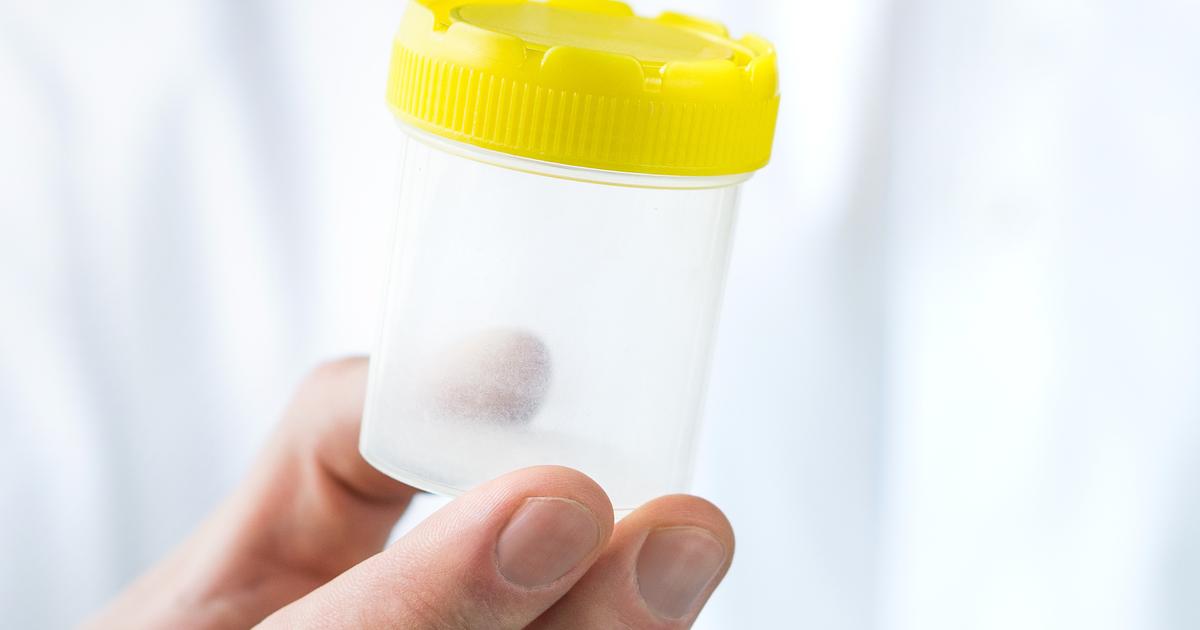How To Effectively Diagnose And Treat Leukodystrophy
Leukodystrophy is an encompassing term used to describe a group of diseases that produce adverse effects on the brain and spinal cord or central nervous system. Currently, there are fifty-two known types of leukodystrophy, with most of them being caused by genetic factors. Leukodystrophy is a progressive disease, which means it worsens over time. An affected individual will experience cumulative damage to the myelin protective sheath around the nerves in their brain and spinal cord. Some other common symptoms include mobility difficulties, balance problems, bladder issues, developmental delays, muscle control disorders, behavioral problems, learning disabilities, breathing difficulties, vision problems, speech issues, problems with hearing, and seizures. Some symptoms will show up shortly following an individual's birth, while others may not manifest until they reach their adulthood years.
Numerous tools can be used to diagnose leukodystrophy, and several methods are available to treat it. Get familiar with them now.
Urine And Blood Tests

Urine and blood tests can be used to assist a physician in the diagnosis of leukodystrophy. Endocrine and hormone disturbances can be effectively detected by blood testing. Adrenal insufficiency is a common characteristic seen in adrenomyeloneuropathy and X-liked adrenoleukodystrophy. Serologic findings in adrenal insufficiency include hyponatremia and hypoglycemia. Hypothyroidism and growth factor deficiency can be detected by blood testing, which can help in the diagnosis of 4H leukodystrophy and Aicardi Goutières syndrome. Mitochondrial disorders are a significant diagnostic finding in leukodystrophy patients, and blood testing can reveal abnormalities in blood lactate, amino-acids, and pyruvate. Checking urine for sulfatides and organic acids can reveal multiple sulfatase deficiency and mitochondrial disorders that are helpful in the diagnosis of leukodystrophy. Biochemical and genetic testing on a patient's urine and blood can help with the diagnosis of numerous types of leukodystrophy because it reveals evidence of genetic abnormalities known to result in one or more of these types of diseases. Common gene tests used in the diagnosis of leukodystrophy include broad-spectrum next-generation sequencing, whole-exome sequencing, and whole-genome sequencing.
Read more about diagnosing leukodystrophy now.